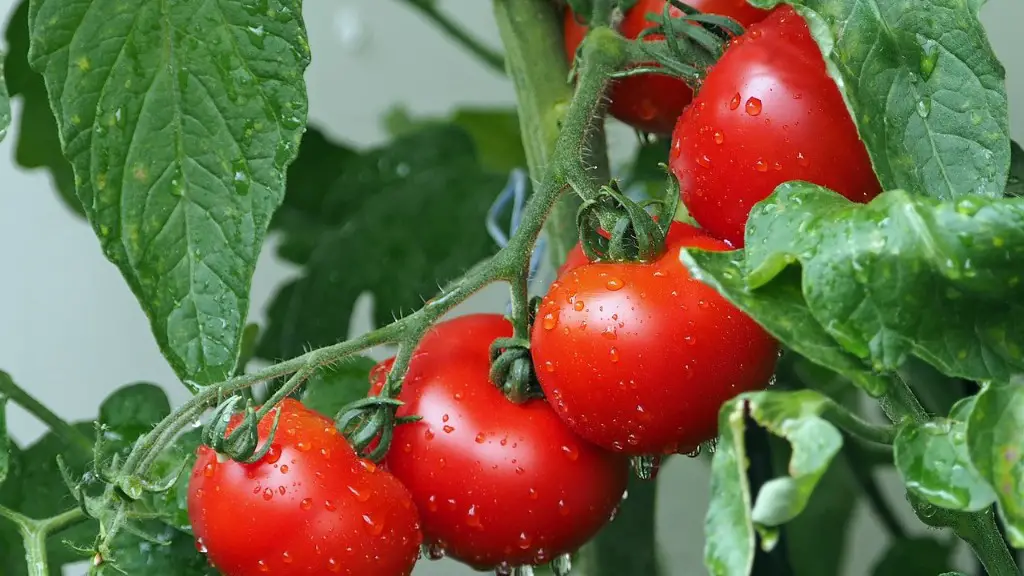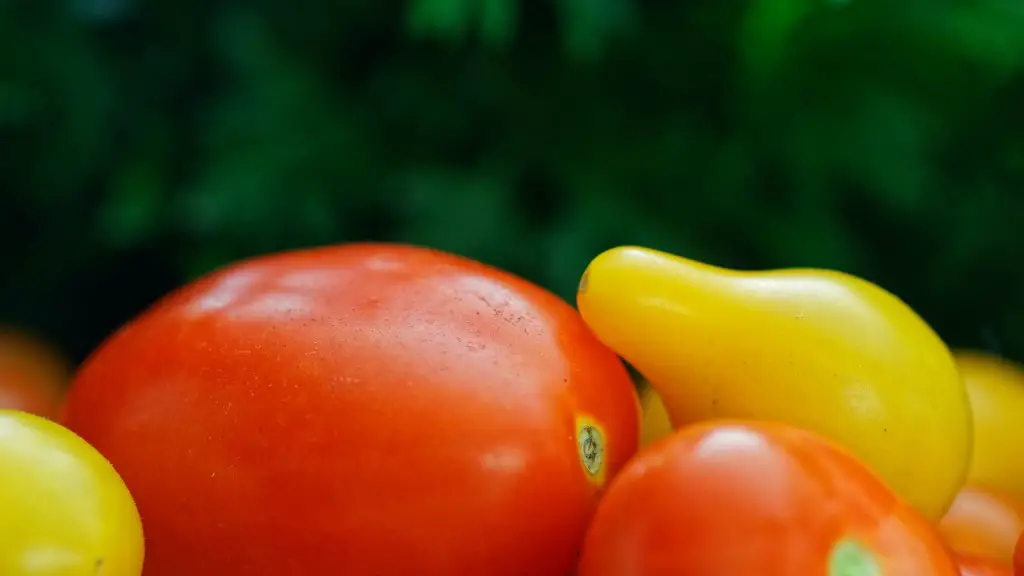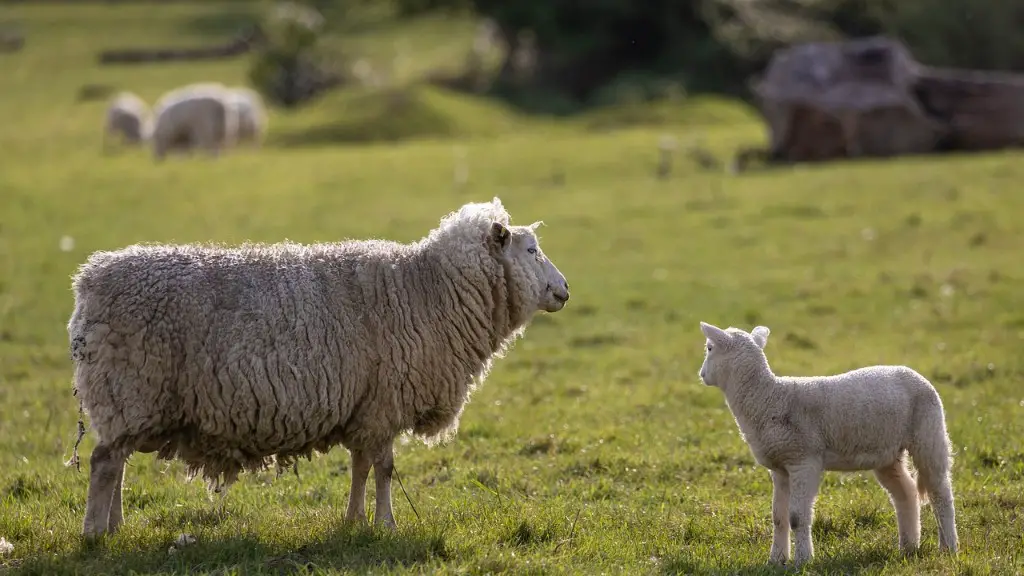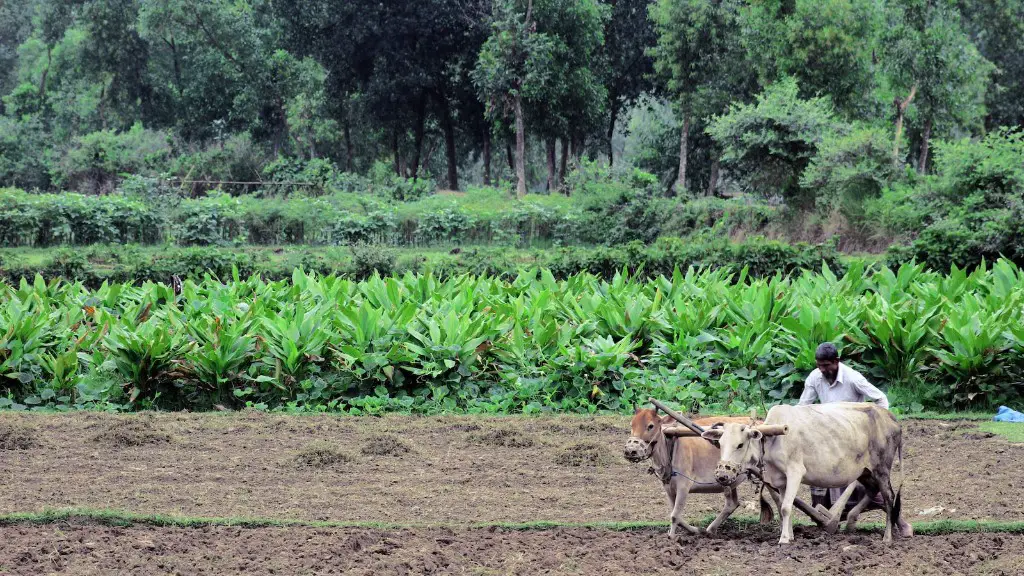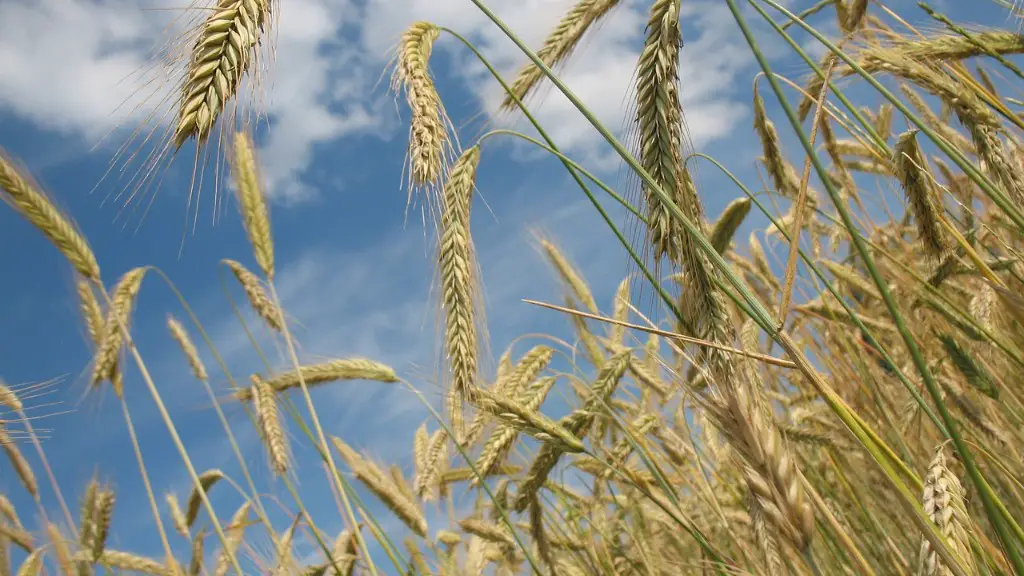Information and communication technology (ICT) has revolutionized the agricultural sector by improving production and promoting food security. As a result, traditional methods of farming have become obsolete. ICT has enabled farmers to be more efficient and effective in their production processes due to the increased availability of data, improved access to market information and resource planning, and access to climate information. In addition, ICT has facilitated the efficient use of resources and enhanced the quality of agricultural products.
One of the key uses of ICT in agriculture is in crop management. Farmers can use ICT-enabled systems to track and monitor soil conditions, crop growth patterns, water use, and various other metrics related to crop production. This enables farmers to make better decisions on when and how much to invest in crop management, as well as more accurately predict yields.
Another key use of ICT in agriculture is in the area of animal husbandry. ICT systems can be used to monitor animal health, feed intake, and other key metrics related to animal production. By collecting data on animal behavior, farmers can make better decisions on when to treat animals, or when to move or relocate them.
Furthermore, ICT has allowed farmers to become more efficient in their production processes. Automation and robotics are being used in the production of crops and livestock, allowing farmers to reduce labor costs while increasing output. Additionally, the use of drones in the monitoring and survey of farmland has been particularly useful in identifying areas of over- or under-cultivation, as well as potential pests and diseases.
Finally, ICT has been key in the advancement of precision agriculture. This is the use of technology to accurately measure and determine the amount of resources (e.g. water, fertilisers, herbicides, etc.) that are required for optimal crop production. By utilising technology to identify the most efficient way of producing crops, farmers can minimise the use of resources and maximise production yields.
Crop and Livestock Management
ICT plays a major role in the management of both crops and livestock. ICT systems have the capability to automate the collection and analysis of data, and provide farmers with valuable information on how to best maintain their crops and livestock. Through the use of sensors, farmers can monitor soil moisture, crop health, and even animal behavior. This is done in real-time and is becoming increasingly automated, allowing farmers to be more efficient and reduce overall costs.
In crop management, ICT is being used to detect, diagnose and treat pests and diseases, and track nutrients within the soil. ICT systems can also predict the potential yield of a crop before it is planted, enabling farmers to make more informed decisions on the types of crops they should grow. In the case of livestock, ICT systems can monitor animal health, feed intake and movement, providing farmers with key insights into the best way to optimise animal production.
In addition, ICT systems are being used to automate the feeding and watering of animals, and even detect anomalies such as over- or under-weight animals. This can greatly reduce the amount of time a farmer has to spend managing their animals, thus improving their efficiency and overall yields.
ICT is also being used to help farmers optimise their labour resources. By automating certain tasks, such as planting and harvesting, farmers can reduce their labour costs and improve their efficiency. In addition, ICT systems can help farmers manage livestock more effectively by controlling their feeding, watering, and movement.
Finally, ICT systems are being used to monitor climate conditions, allowing farmers to better prepare for climate-related events such as droughts or floods. Through ICT systems, farmers can compare historical climate conditions with current conditions, and make better informed decisions on when to water and when to harvest.
Resource Management
ICT has allowed farmers to be more efficient in their resource management. By having access to real-time data on crop and animal production, farmers can make better decisions on when to water and fertilise, as well as identify when to use herbicides and pesticides. In addition, ICT systems can help farmers optimise their time, energy and resources by automating certain tasks like planting and harvesting. This allows farmers to reduce labour costs, while at the same time increase their overall yield.
In addition, agricultural drones are being widely used to survey and monitor farmland. By identifying areas of over- or under-cultivation, farmers can better manage their resources, and make informed decisions on when to plant, water and harvest. Drones can also be used to monitor water levels and water stress in crops, and detect pest and disease infestations quickly, reducing the amount of resources needed to treat crops.
Furthermore, ICT systems are being used to identify optimal irrigation strategies. By monitoring soil conditions and water use, farmers can reduce their water consumption, and more accurately predict yields. In addition, ICT systems can also be used to identify optimal fertiliser application rates, helping farmers to minimise the amount of resources needed for optimal crop production.
Finally, ICT has been key in helping farmers plan and manage their resources more efficiently. Using forecasting tools, farmers can better predict potential yields, thus enabling them to better plan their resources and minimise the amount of resources needed to achieve the desired result.
Marketing
ICT is also being used to help farmers market and distribute their products more effectively. By using social media and other online platforms, farmers can easily advertise their products and reach new markets. In addition, ICT systems can be used to track and monitor the sale of products, giving farmers an insight into trends and preferences.
Furthermore, ICT can be used to track the distribution of products. Through ICT systems, farmers can monitor the flow of products from production to sale, ensuring that the products are of the highest possible quality. This helps farmers to ensure that their customers are receiving the best possible product.
Additionally, ICT is being used to help farmers create a more efficient supply chain. By having access to real-time data on the production, distribution and sale of their products, farmers can quickly identify areas of inefficiency and make the necessary changes to minimise losses and increase profits.
Finally, ICT can also be used to build relationships with customers. By using social media and other online tools, farmers can create and maintain relationships with their customers. This allows farmers to get direct feedback on their products, as well as potential market trends, helping them to better understand their customers and tailor their products accordingly.
Technology Adoption
Despite the numerous benefits of ICT in agricultural production, there are still some areas where technology adoption is slow. This is largely due to two key issues. Firstly, the cost of ICT systems can be prohibitive for many small-scale farmers. Secondly, the lack of technical knowledge and training among farmers can be a barrier to the adoption of new technologies.
To address this, many organisations have been working to promote the adoption of ICT systems in agriculture. Through the provision of training programs for farmers, access to affordable ICT systems, and financial assistance for certain ICT-related projects, these efforts have been largely successful in promoting the adoption of ICT systems and services.
Furthermore, governments in many countries have been investing heavily in ICT-related initiatives and projects aimed at improving agricultural production. These investments have been instrumental in increasing access to ICT systems and services, and have helped to promote the adoption of new technologies among farmers.
Finally, many private companies have also been working to promote the use of ICT in agriculture. They are developing ICT systems and services specifically tailored to the needs of farmers, as well as investing in research and development projects to develop new or improved ICT solutions for agricultural production.
Conclusion
ICT has been instrumental in the advancement of agriculture, providing farmers with access to powerful data analysis tools, automation technologies, and efficient resource management solutions. Through the use of ICT, farmers have been able to become more efficient and productive, while minimising the amount of resources used in their production processes. Despite the numerous benefits of ICT in agriculture, technology adoption is still slow due to the cost of ICT systems and the lack of technical training among farmers. However, with the continued promotion of ICT systems and services, alongside investments from governments and private companies, the adoption of ICT in agriculture is sure to increase in the near future.
